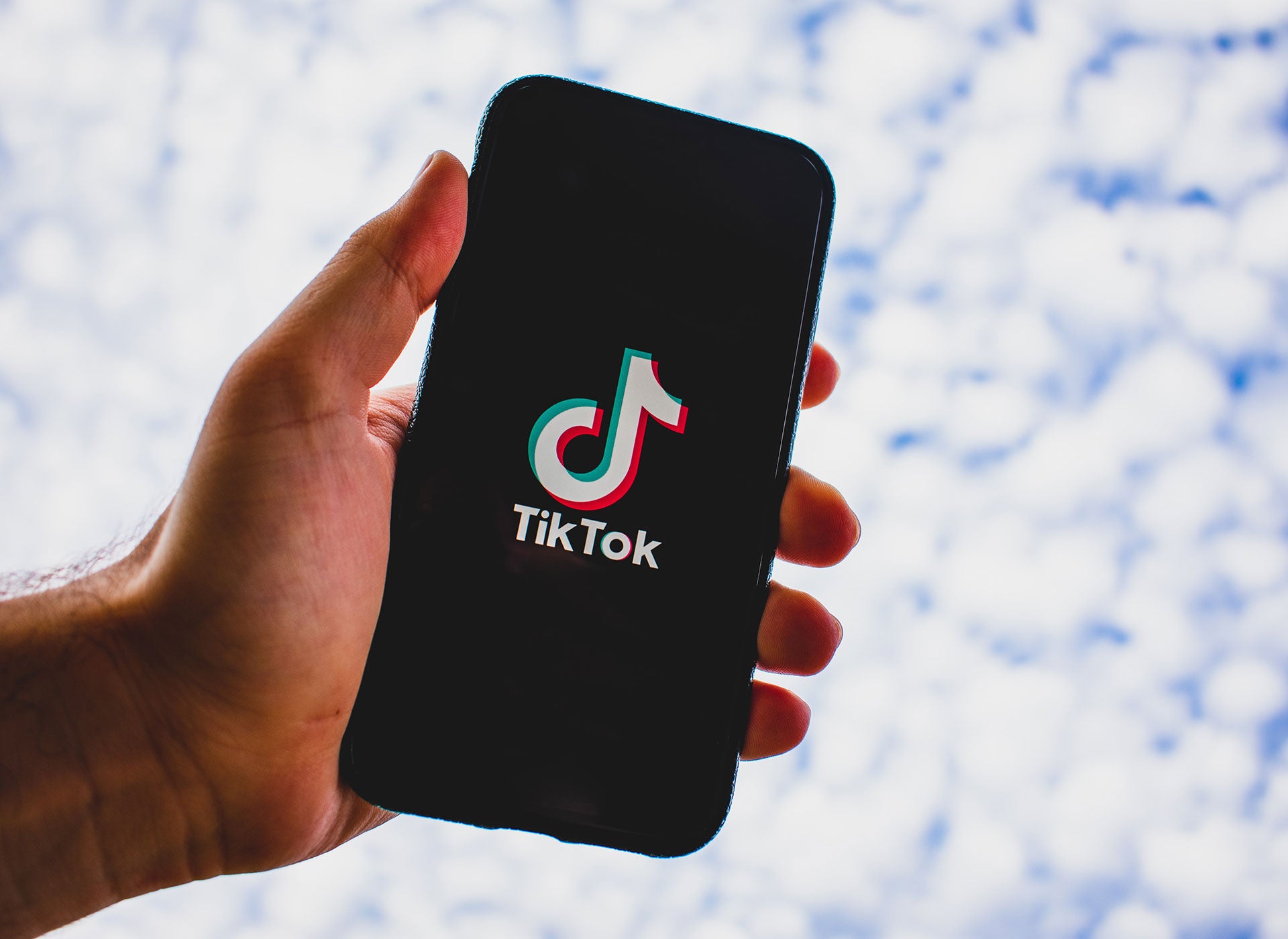TikTok is home to dance crazes, memes, and catchy snippets of songs known as ‘sounds’ that spread through its rapidly expanding userbase. The short-form video platform only became available in China in 2017, but by mid-2018 it had drawn in over a billion users globally according to Business Insider.
Many trends have been popularized by the app, and songs have even re-entered the charts. ‘Dreams’ by Fleetwood Mac was released in 1977 but after going viral on TikTok, it was streamed 230 million times in a single week across streaming services, US radio and social media, according to Warner Music Group.
As a result, the platform is increasingly being recognized as key for music marketing, bringing greater accessibility for up-and-coming artists trying to break into the industry. However, this may impact how music is produced. Will music start being created so that a dance trend can easily accompany it on TikTok?
The influence of virality
Creators on the app will add songs or ‘sounds’ to their videos, sometimes accompanied by a dance. These videos are then found on the app’s ‘For You’ page, which is generated using the platform’s successful algorithm. The recommendation algorithm is the key to TikTok’s success and recommends videos for users based on what they are interested in, creating a highly addictive platform.
The main feed features videos personalized to the user based on their engagement as well as videos or sounds that are currently trending. As popular sounds trend on the app, creators will use these sounds to get more views themselves, causing the sounds to go viral.
For example, in 2019, Lil Nas X released his song ‘Old Town Road’ on SoundCloud, a music streaming platform. A creator on TikTok used this song in a video that started a trend on the app with the hashtag #yeehaw. As of July 2022, this hashtag has over 1.5 billion views. The song itself reached the top spot in the Billboard Hot 100 and Lil Nas X was signed to Columbia Records. The music industry is difficult to enter but TikTok has created greater accessibility for new artists.
How well do you really know your competitors?
Access the most comprehensive Company Profiles on the market, powered by GlobalData. Save hours of research. Gain competitive edge.

Thank you!
Your download email will arrive shortly
Not ready to buy yet? Download a free sample
We are confident about the unique quality of our Company Profiles. However, we want you to make the most beneficial decision for your business, so we offer a free sample that you can download by submitting the below form
By GlobalDataTikTok for the underdog
Songs can rise to fame organically on the app, but it is now also an important promotional tool for musicians. Some artists have even learned how to exploit the algorithm to have their songs trend on TikTok.
PinkPantheress, a young female artist from the UK, claimed she spent months studying TikTok’s algorithm. She experimented with the algorithm, using her songs as the sound behind her videos. As she mastered the algorithm, she hoped that as her videos began to trend, her songs also would. It proved a success, and she now has nearly six million monthly listeners on Spotify and has been signed to a record label. Her songs are typically no longer than two minutes and feature relatable, catchy lyrics making them ideal for the addictive nature of TikTok trends. New artists can use TikTok’s algorithm to promote their music, providing greater exposure for their music.
The TikTok jukebox
Not only are songs outside of the mainstream becoming popular on the app, but also songs that were famous decades ago. Rod Stewart’s ‘Da Ya Think I’m Sexy?’ and Boney M.’s ‘Rasputin’ were both released in 1978, yet the former is the sound of a popular dance trend behind 2.7 million TikTok videos, and the latter reached number one on the UK Trending chart in June 2021. These songs have undoubtedly charted again as a result of the TikTok trends associated with them.
TikTok will continue to have a major influence on the music industry, from songs re-entering the charts after decades to new artists finding fame. However, the songs that seem to become most popular on the app are those that have catchy hooks to add to a trend or those that can easily be associated with a dance.
This is a trick that PinkPantheress realized. Perhaps the popularity of music is no longer a reflection of how good a song is, but instead of the trend associated with it. Regardless of whether TikTok helps the underdog or whether its algorithms cause songs to unjustifiably reach fame, there is no doubt that it has the power to reshape the music industry.








Related Company Profiles
Warner Music Group Corp
Spotify AB